The unsigned editorial represents the opinion of the Editorial Board, which consists of the majority of the student editorial staff listed on this page.
College talk starts at the beginning of junior year, if not sooner, and occupies the minds of upperclassmen for the duration of high school. Once the topic is addressed, it sticks around and tortures students’ minds until they decide. Even for those who plan to pursue other options besides college, the conversation never stops.
Not only do students spend their time wondering where they should go or what place will suit them best, but also what options are affordable. With increasing tuition fees, decreasing financial aid, and rising student debt, discussing college is more stressful than ever.
A New York Times article breaks down data reported by the College Board. According to the report, the average price for 2023-24 tuition, fees, housing, and food at private four-year schools was $56,190. In-state tuition at public four-year schools averaged $24,030 for the year. There are many possible explanations for the growth in tuition fees, including state and local funding, student loan availability, and the increasing cost of administrators.
Whatever the reason may be, it’s becoming increasingly difficult to find colleges with an acceptable tuition cost, especially with the annual price increases.
Students should not spend excessive amounts of time worrying about whether or not they can afford to spend a hefty amount of money to attend college.
An article by the Daily Pennsylvanian reports that tuition at Yale University will increase by 3.9%, and 4.5% at Brown University. With these increases, attending an Ivy League school will be even more expensive than it is now.
The other predicament for seniors applying to and selecting schools is the hierarchy that exists in college culture.
Why is an Ivy League acceptance more impressive to us than a state college acceptance? Does the advertisement of an Ivy League education on social media and in film lead us to the conclusion that those schools are better?
Nowadays, the Ivy League college experience is marketed as a superior choice to attending a state university or smaller institution—private or public. Data shows that the claims that Ivy League schools provide a better education are not necessarily true.
Data from the American Council of Trustees and Alumni (ACTA) college ranking “What Will They Learn?” shows that Harvard University, one of the most selective and prestigious schools in the country, with an acceptance rate of 3.4%, scores a “D” specifically due to its limited core requirements, while the University of Science and Arts in Oklahoma, a relatively unknown school with an acceptance rate of 56% (according to US News & World Reports) scores an “A” as a result of its core class requirements and offered classes.
The cost difference for in-state tuition between the two schools, Harvard and USAO, is an estimated $42,380, with Harvard’s cost at $50,420 and USAO’s at $8,040. The issue is that both schools offer a great education. However, USAO does not receive the same number of applicants as Harvard due to its lack of “prestige.”
This begs the question of whether the value of a college education is determined by its acceptance rate and rumored elitism or the value of its teachings and the level of preparation students receive in order to be successful after graduation.
It’s our job to end the cycle of elitism. We, as students, must decide for ourselves what a good education is to us and whether a more selective school will provide us with more tools to succeed, or if it just seems more impressive to our peers.
Haven has platforms where committed students can announce the school they have chosen and share it with the student body. The Haven Decisions Instagram, run by senior Leah Gonzalez-Diaz, represents all schools. College commitments are posted by any student who chooses to share, and almost a thousand people follow the account.
The account does not specify college plans but instead welcomes students to share any future plans they may have. The bio reads, “Use the form in our bio (personal email) to submit your post-grad plans! See your classmates!” which validates any direction taken following graduation.
For students who choose not to go to a college or university post-graduation, the pressure is still there. Research shows that many students feel forced to pursue higher education even when it is not ideal for them. The misconception that college is the best option for every high school graduate is dangerous for teens that may allow pressure to sway them into making a choice that isn’t right for them.
A study from the ECMC Group supporting education shows that 82% of surveyed students feel societal or familial pressure to attend a four-year college or university, a dangerously high number.
The truth is that college is not the best option for every student. Many different and equally valid paths can be taken besides attending college. The idea that college is the best or the only option after graduation is damaging and further enforces college elitism.
The debate of what college is the best or what post-grad option is universally best is beside the point. The message that we should be instilling is that students should be able to decipher what option suits them best and makes the most sense for them. Competition between schools does no one any good and just promotes elitism and false advertisement of the college experience.
Choosing the path you want to take after college is a big decision. External pressures can be a lot to balance as you’re making big decisions.
Find the tools that will help you be successful and be the best version of yourself.



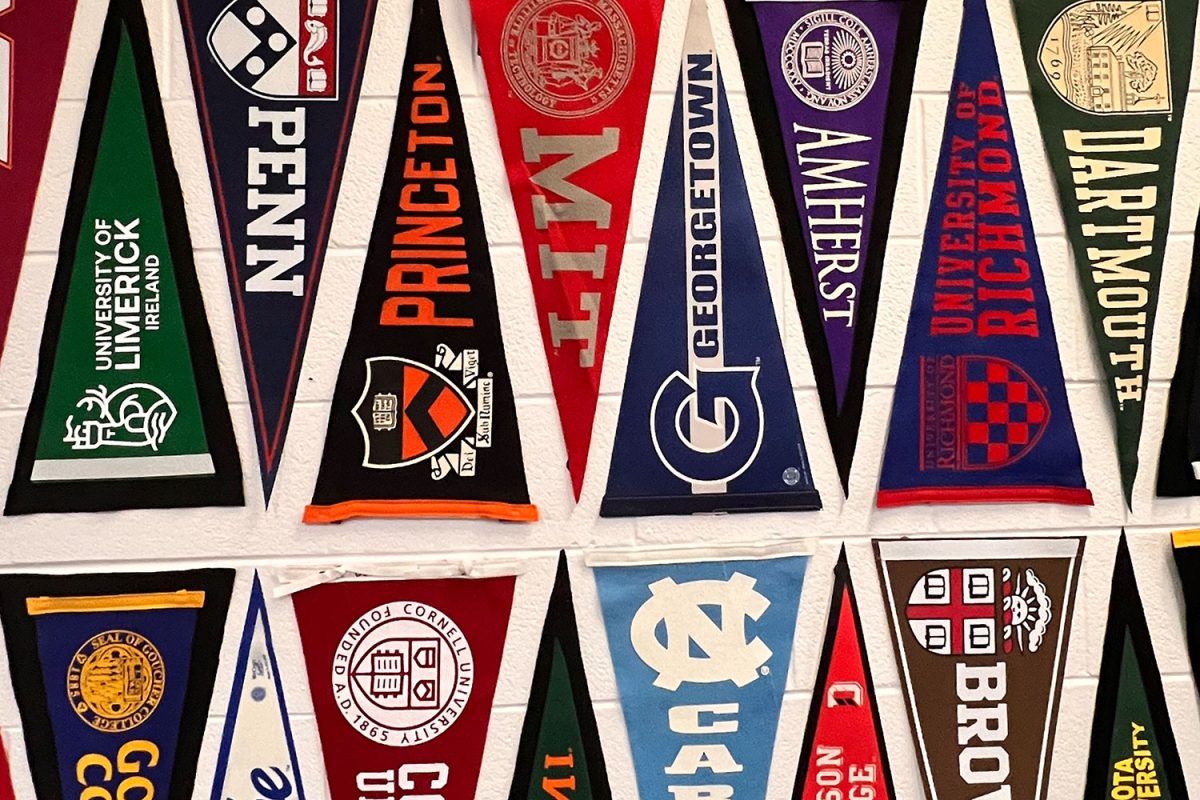
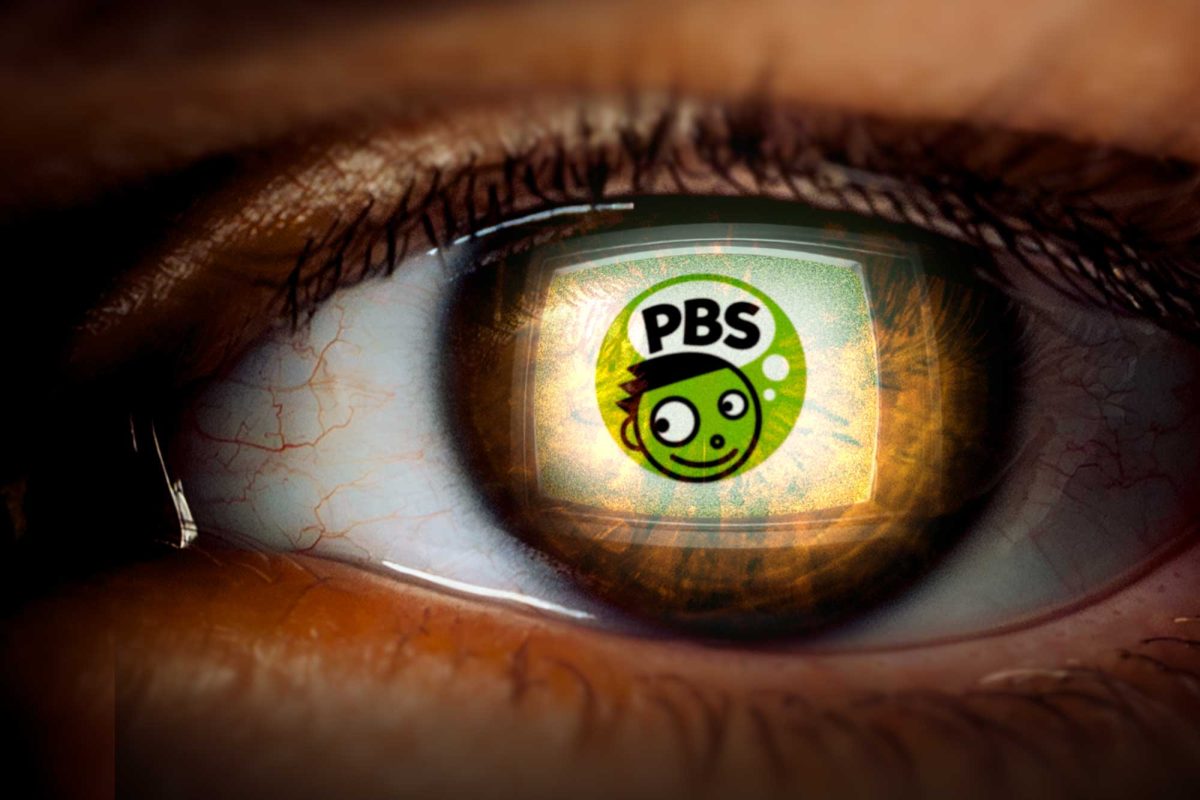
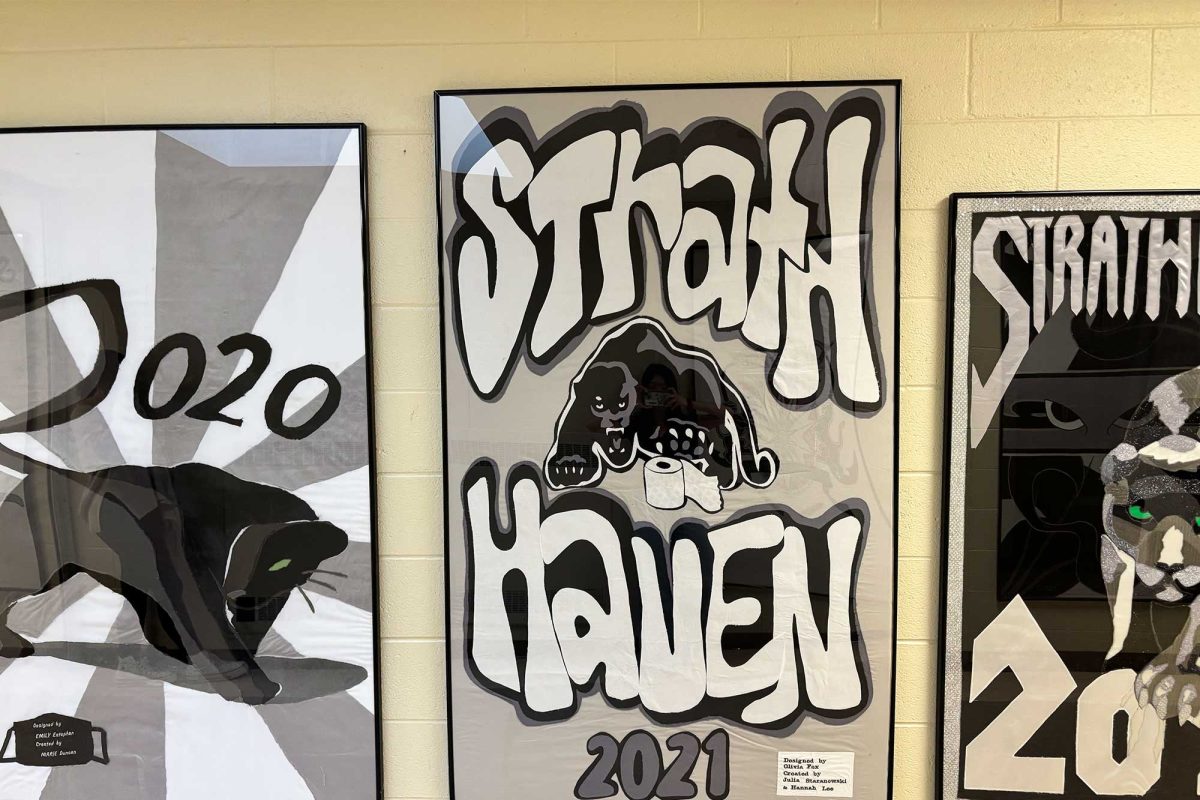
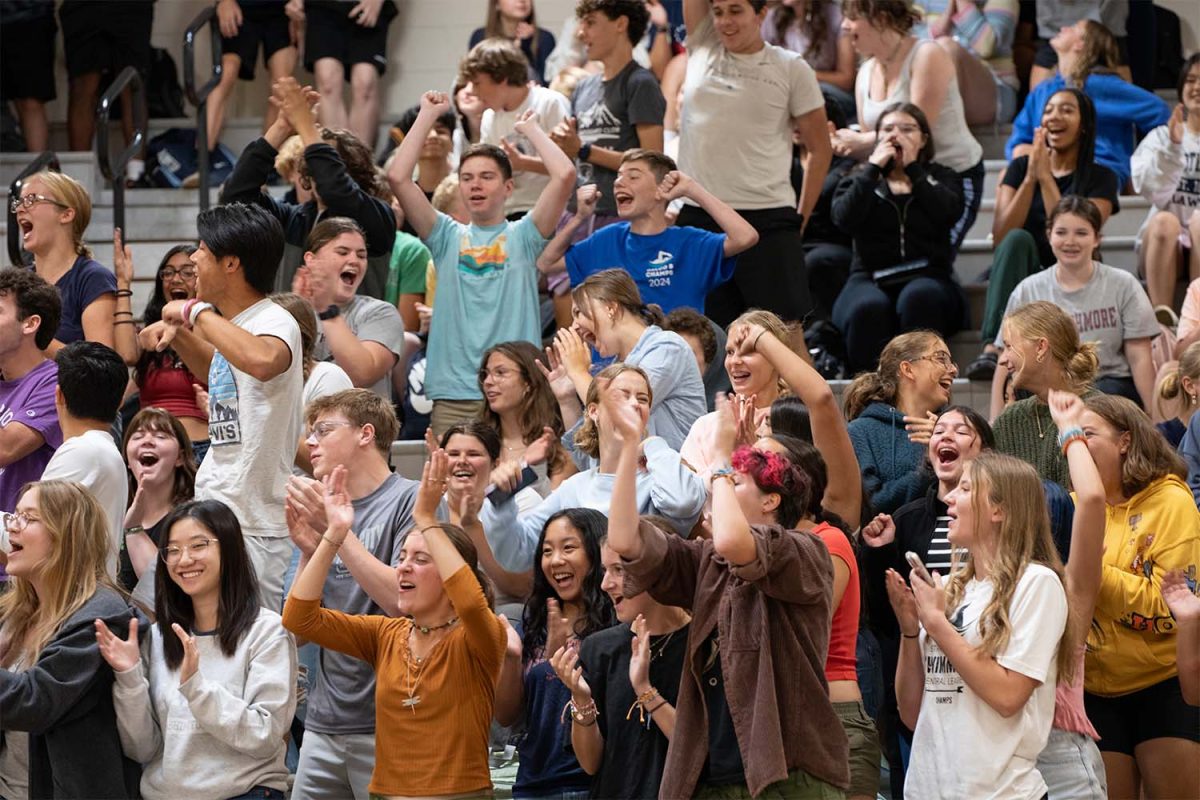
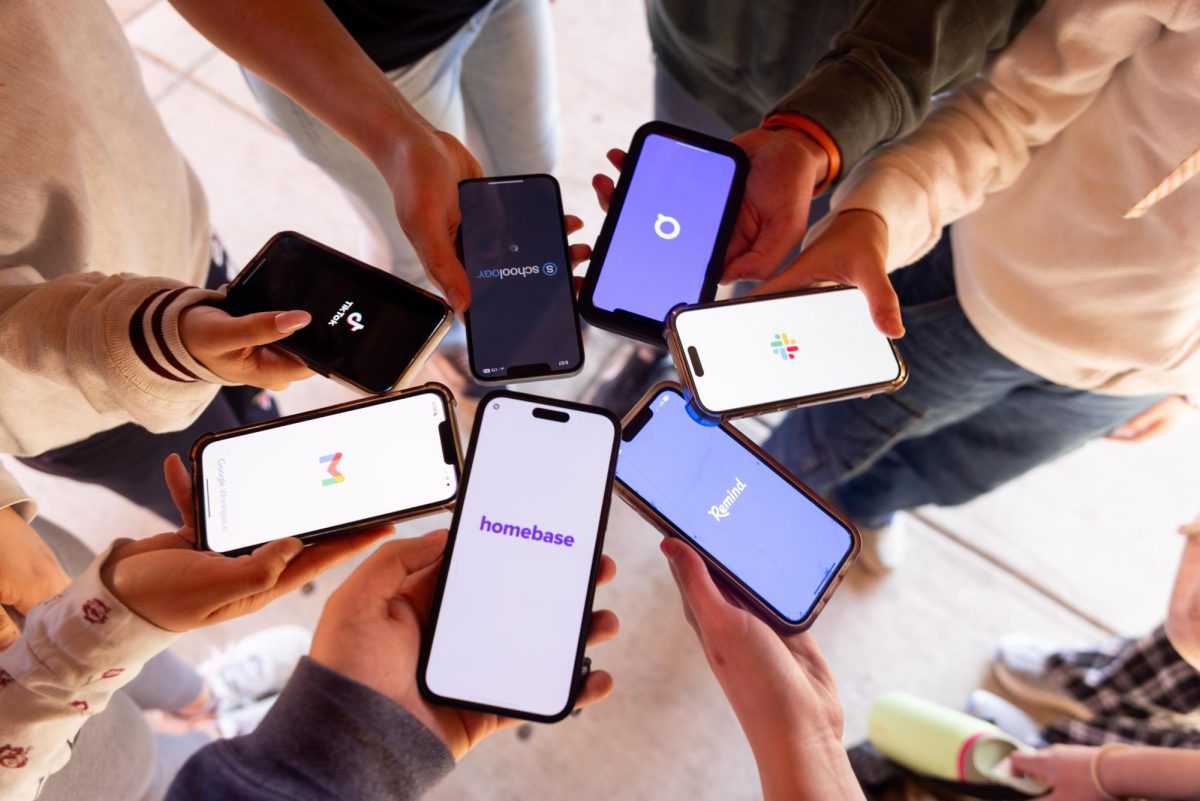
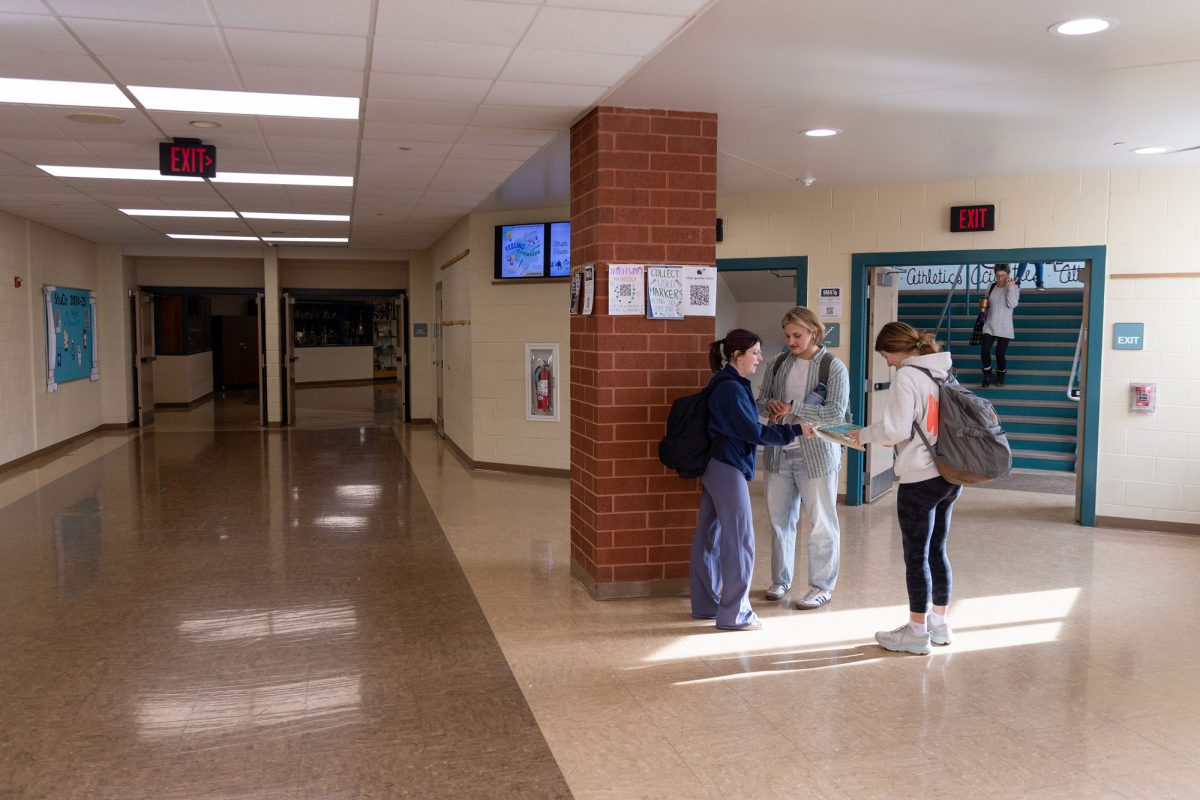

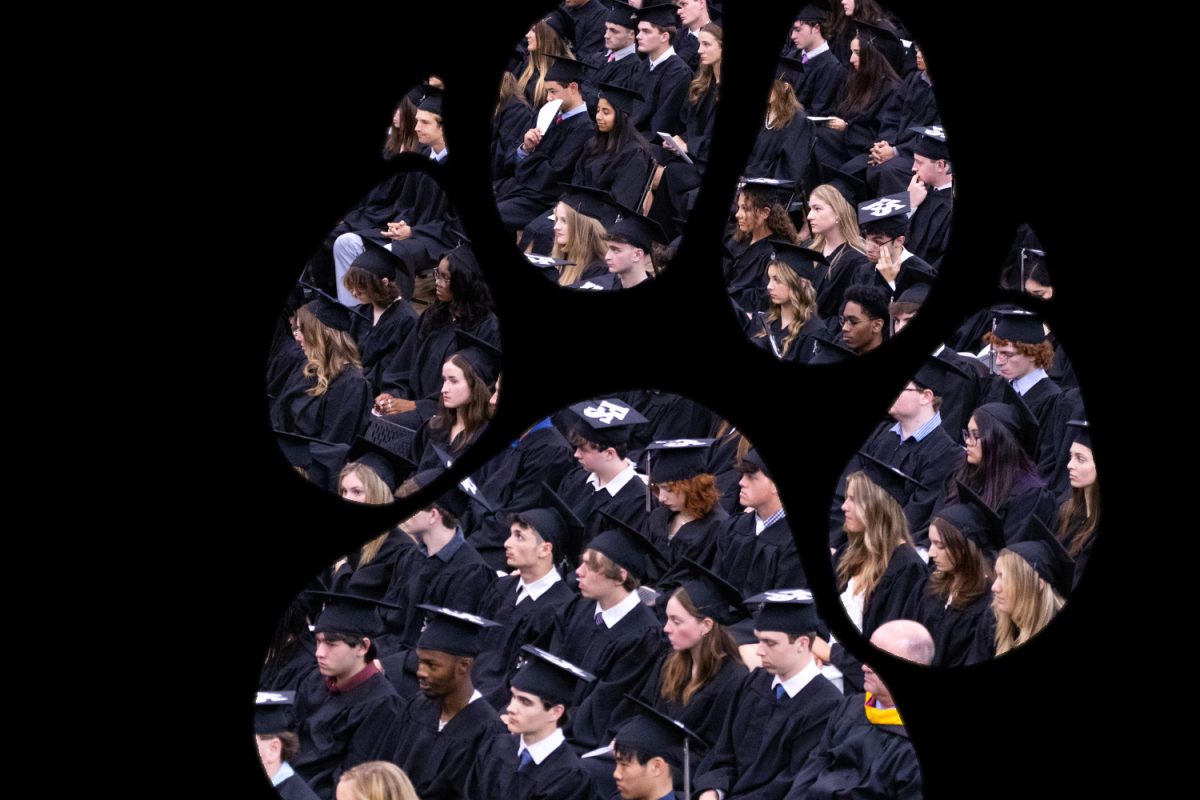
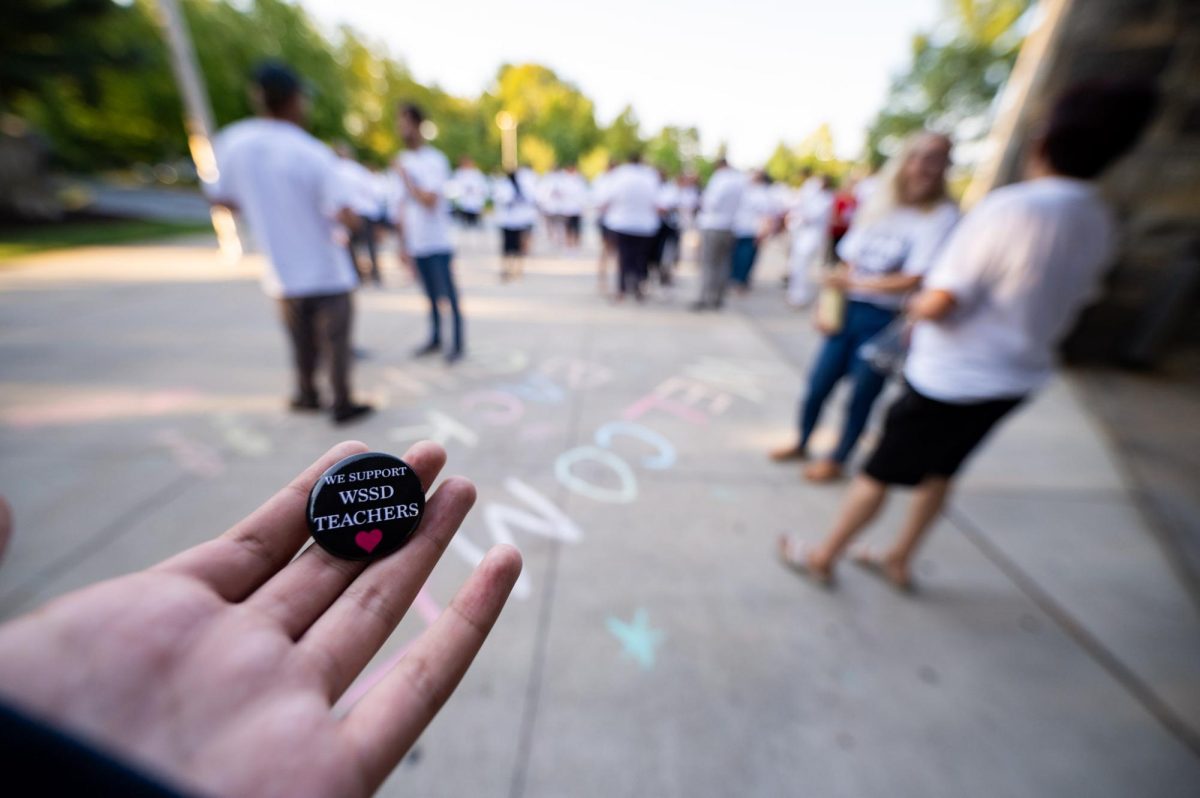
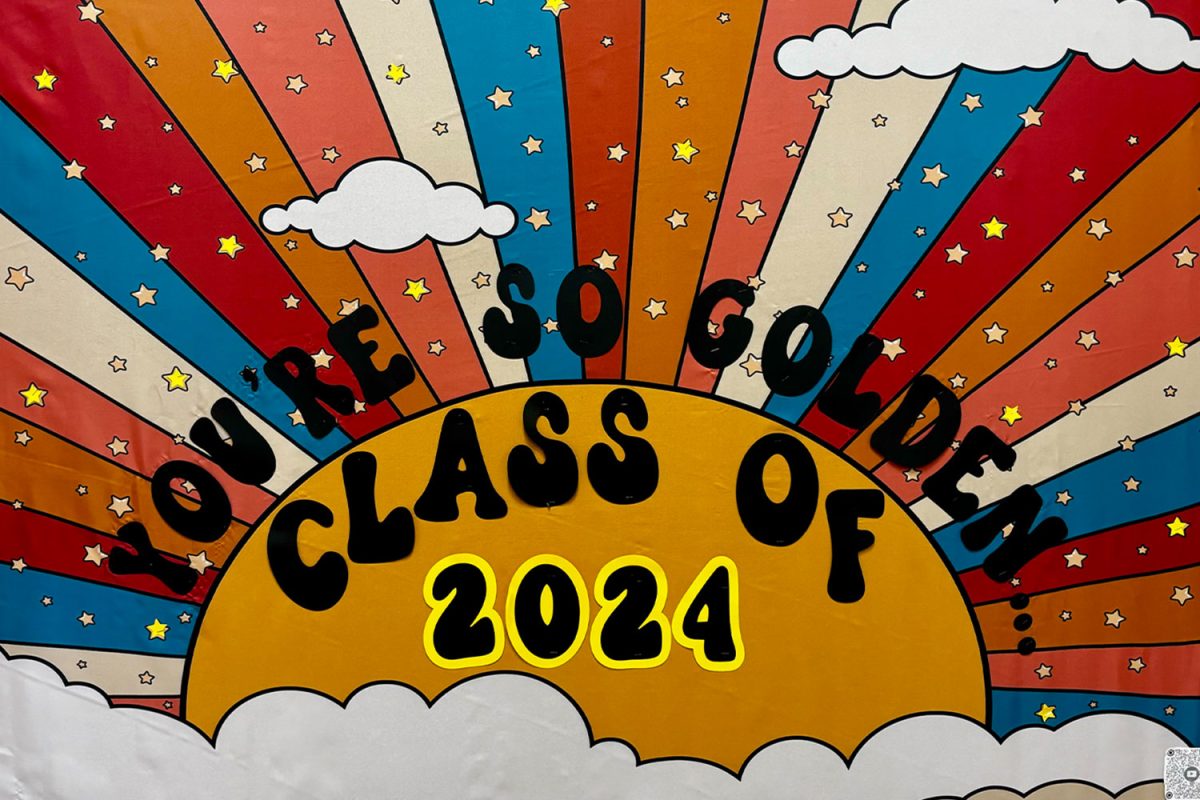
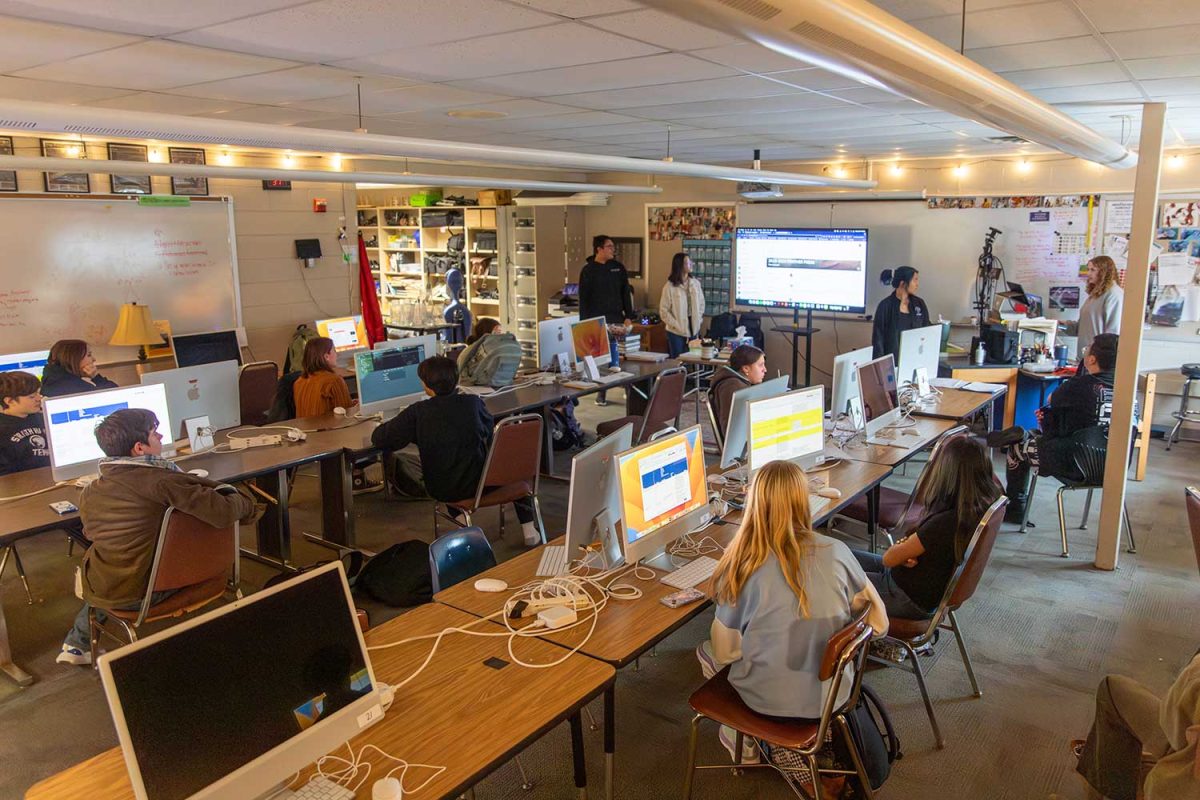
Matthew Chen • May 1, 2024 at 8:40 am
❤️‼️